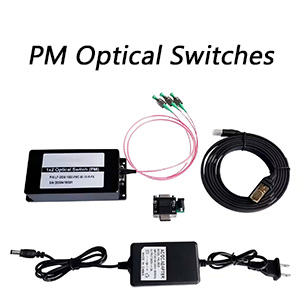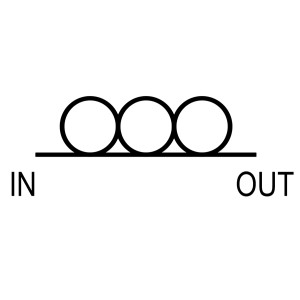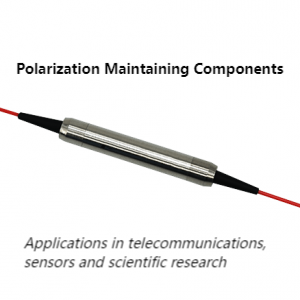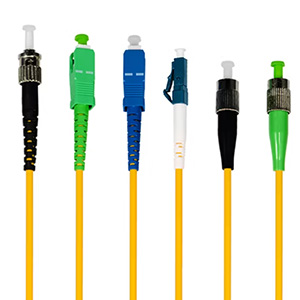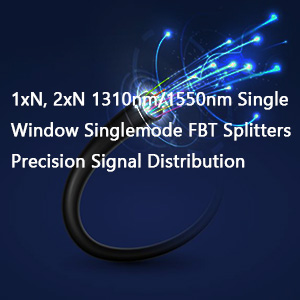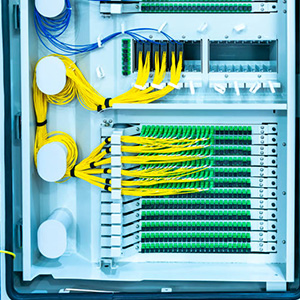What you need to know is that most of the dual-fiber CWDM Mux Demux in the CWDM network are used with duplex fiber patch cords to achieve bidirectional transmission effects. However, the wavelengths transmitted on the two optical fibers are the same, but the working directions are different. However, if bidirectional transmission is required, but only one optical fiber can be used, how should we deal with this situation. Don’t worry, single-fiber CWDM Mux Demux is a good solution and can also help you meet the two-way transmission requirements. If you want to know more, take a look below!
First
Single Fiber CWDM Multiplexer/Demultiplexer Overview
Usually, the single-fiber CWDM Mux Demux has only one simplex line port, which is the biggest difference from the dual-fiber CWDM Mux Demux on the appearance. However, there are also some single-fiber CWDM Mux Demux made with duplex ports. As to this kind of CWDM fiber optic multiplexers, only one port is in use, and the other is usually marked with N/A and is unavailable. For instance, Fiber Life FMU single-fiber CWDM Mux Demux uses such a design.
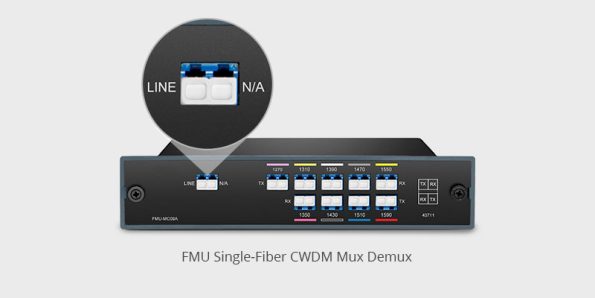
Second
Working principle Of Single Fiber CWDM Multiplexer/Demultiplexer
So why can a single-fiber CWDM MUX/DEMUX achieve bidirectional transmission? The reason lies in the fact that it utilizes CWDM wavelengths differently compared to the dual-fiber CWDM MUX/DEMUX. As shown in the diagram below, in a dual-fiber CWDM network, the wavelengths at both ends of the MUX are the same and transmitted in two opposite directions. In a single-fiber CWDM network, however, signals are transmitted on both ends through a single optical fiber. To avoid interference between signals, the two ends of the single-fiber MUX must use different wavelengths, typically adopting adjacent wavelengths. This is the fundamental difference between single-fiber MUX and dual-fiber MUX in achieving bidirectional transmission.
The picture below shows how CWDM wavelengths are used in a single-fiber CWDM network. In this network, 8 wavelengths are used to support 4 pairs of bidirectional transmission. On site A, an 4 channel CWDM mux demux is deployed using 4 wavelengths for signal transmitting and the other 4 wavelengths for receiving. On the opposite site B, another single-fiber CWDM Mux Demux is deployed. However, for the CWDM MUX DEMUX at both sites, the wavelengths for TX (transmitting) and RX (receiving) are reversed. For instance, a pair of bidirectional transmission signals use 1270nm for TX and 1290nm for RX on site A, while use 1290nm for TX and 1270nm for RX on site B. This is how the single-fiber CWDM Mux Demux achieves bidirectional transmission.

Third
How To Choose Fiber Optic Transceivers For Single Fiber CWDM Multiplexer Demultiplexers?
Since the channel ports on a single-fiber CWDM Mux Demux support two different wavelengths, some people may be confused about how to select a CWDM transceiver for a single-fiber CWDM network. In fact, the transceiver selection of single-fiber CWDM Mux Demux is mainly based on the TX wavelength. For example, if one duplex port uses 1270nm for TX and the other uses 1290nm for RX, then that port should use a 1270nm CWDM transceiver. At the other end of the link, a 1290nm CWDM transceiver is required.
In addition, wavelength compatibility should also be considered. Ensure that the optical transceivers’ wavelengths match the CWDM channels used by the Single-Fiber CWDM Mux Demux. Each channel corresponds to a specific wavelength, so the transceivers at each end of the link should use wavelengths that align with the Mux Demux configuration.

Finally
If you want to buy Single-Fiber CWDM Mux Demux , then FiberLife is your best option. We are one of the top providers of fiber optic solutions. Our wide range of products includes fiber patch cables, Polarization Maintaining Fiber cables, fiber trunk cables, SFP+, optical amplifiers, QSFP+, and a lot more.Get in touch with us today and learn more about our fiber optic products in detail.

